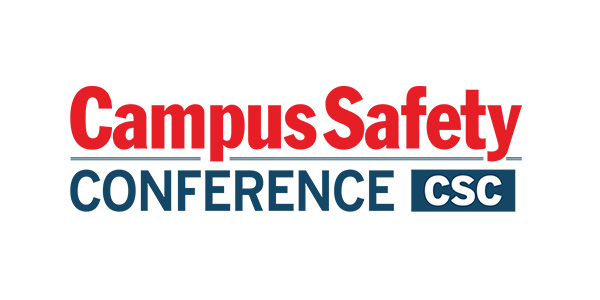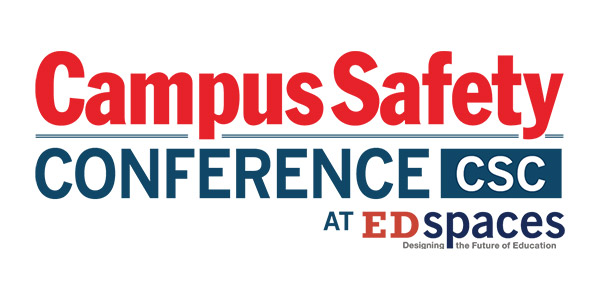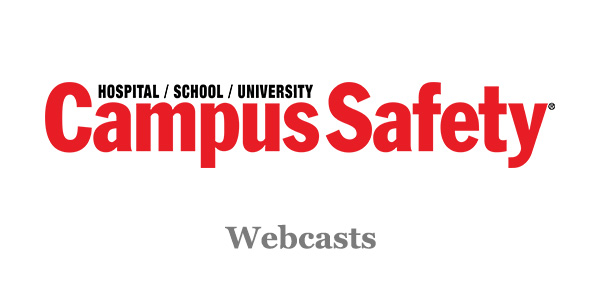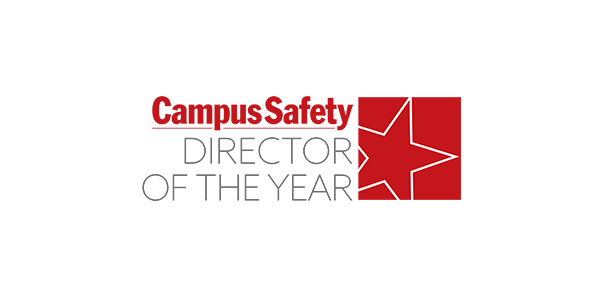The Internet of Things (IoT), artificial intelligence (AI) and cloud-based technologies continue to dominate global security discussions, making it more important than ever to identify and navigate the disruptive potential of novel, interconnected systems.
Research suggests the number of connected IoT devices in operation globally grew by 13% in 2024, rising to 18.8 billion, with as many as 98% of organizations worldwide using some form of cloud-based service and almost 80% said to be increasing investments into AI tools.
Related Article: IoT Security: Your Next Breach Could Start with Your Thermostat
The standalone benefits of each of these technologies from a security standpoint are clear, but they become even more significant when brought together through bespoke, intelligent integrations. However, increased interconnectivity can expose new, complex vulnerabilities.
The freedom of communication afforded by novel cloud, AI and IoT technologies can make the work of campus security directors uniquely challenging, but the pros of leveraging such solutions are too great to ignore.
The Importance of Cloud, AI and IoT Convergence
Yes, cloud, AI and IoT technologies can be disruptive, that’s why it’s critical for campuses to navigate convergence in ways that harness the benefits of these technologies.
Of course, many understand the capabilities offered by systems that leverage one or more of these technologies, but leveraging cross-practice use cases and potential future optimizations adds valuable perspective.
When cloud, AI and IoT security practices are converged, security directors are empowered to:
- Identify subtle activities: IoT cameras, access systems and sensors enhanced with machine learning software help teams spot subtle anomalies that may otherwise be missed, backed by cloud management to support swift cross-device communications.
- Enhance data analyses: Navigating the complexities of IoT and AI systems enables campuses to collect greater volumes of usable data far more efficiently, with insights drawn from IoT hardware analyzed and actioned autonomously by AI infrastructure.
- Pursue adaptive responses: Machine learning algorithms applied to interconnected arrays of IoT security devices can be programmed to organically understand normal activity across complex installations, supporting automated and adaptive responses.
- Leverage edge intelligence: When AI models are deployed onto edge IoT devices, operators can act on real-time information. Professionals can improve decision-making capabilities and adjust devices in low latency environments.
By choosing to interconnect cloud, AI and IoT installations and create appropriate converged security practices, campuses can do far more with far less. Efforts to navigate the disruptive qualities of such technologies must center on adapting processes to capture the full potential of intelligently integrated systems, above simply restricting use cases to siloed tech stacks.
Security challenges where integrated systems meet
While the key benefits of converged practices and integrated systems are clear, there can also be significant downsides. Where the disruptive nature of cloud, AI and IoT technologies becomes clear is in the potential for cross-device attack vectors to be exposed.
Related Article: Poor Policies and Over-Reliance on AI Can Sabotage Your Security Technology’s Potential
In many ways, the benefits of cloud, AI and IoT integration also represent the genesis of modern security challenges, creating one large attack surface that can be, and increasingly is, vulnerable to serious cybersecurity risks. IoT security attacks surged by 107% in the first five months of 2024, with cyberattacks on critical infrastructure rising by 9% in recent years.
Key factors security directors must consider when combining AI, IoT and cloud solutions include:
- Credential security: Too often, weak or default credentials are used to secure IoT devices; secure credentials are unique, frequently changed and enhanced via MFA.
- Data integrity: Implement ways to automatically remove low-quality data from AI workflows to limit the risk of poor data integrity clouding system outputs.
- Edge security risks: Some edge devices have comparably low computational and memory capabilities, making it hard to apply required advanced security protections.
- Lateral cyber attacks: In an array of integrated systems, sometimes low-security devices will be linked to high-risk components, exposing accessible attack vectors.
The more complicated integrated systems become, the greater the requirements placed on operators to continuously investigate, adjust and strengthen devices. Without a future-proof approach to convergence, even expert campus security technology executives may struggle to mitigate exploits.
Refining the approach to converged system security
The future of security integration will rely on end users focusing efforts to combine best practices across disciplines to support workflows centered on continuous improvement.
To best-navigate novel cloud, AI and IoT disruption, integration experts will need to take a data-first approach to converged system security, one where insights drawn from both technological and human perspectives are combined to intelligently navigate emerging, changeable risks.
Related Article: 5 Ways Modern Cloud Technology Improves Campus Safety
While AI tools are helpful, human perspective is still paramount to making key safety and security decisions in critical moments, requiring integrators to focus on practical operability.
To ensure components remain secure, operators must have ways to maintain comprehensive device inventories, leverage AI models as security assets and conduct regular full-scale penetration tests to reliably tackle novel risks.
This way, campuses can best leverage the benefits of disruptive cloud, AI and IoT technologies in a manner that maximizes safety, without compromising the flexibility or efficiency of integrated installations.
John Kim is senior director of product and design for Avigilon at Motorola Solutions. This article was originally published in CS sister publication, Security Sales & Integration, and has been edited.
NOTE: The views expressed by guest bloggers and contributors are those of the authors and do not necessarily represent the views of, and should not be attributed to, Campus Safety.







